I threw a picnic in our garden the other day. We were busy with all…
Female servants in the English households
Women were employed in various roles in big households and they all had different tasks. In the biggest country houses they employed a kitchen maid, a scullery maid, a stillroom maid, a housemaid and a laundry maid. Let’s find out what their roles involved.
The housemaid
When Daisy appears in the door which separates downstairs from upstairs in the first episode of Downton Abbey, we see her as a housemaid. Although the makers of the series refer to as the scullery maid, she was a bit of a mix of a housemaid and a scullery maid. You will see in a minute why and which role involved what.
The housemaid’s job was a heavy physical job. She was the first one to get up in the morning between 5 and 6am and 6:30 in winter. She lit the fireplaces every morning after she had polished them carefully. Obviously it also meant she had to carry coal to each room. She had to be quick as there might have been 30-40 fireplaces in a big house and even if there was a small team of housemaids, lighting fires could be a tricky and lengthy job. Once done, she would sweep the dust in the staircase and hall, polish door handles, and started to bring hot water in buckets upstairs. Carrying water wasn’t a morning task only, she had to do the same exercise in the evening too, moreover, she had to carry the dirty water back downstairs.
Whilst the family had breakfast, the housemaid emptied the chamber pots, cleaned them and put them back in each room. Not a nice task… She tidied up the bedrooms, however, she wasn’t allowed to touch the tables and desks. That was something that the footman or the butler would have done.
The housemaid wore a brown apron when she lit the fire. She had several brushes and cleaning tools which she stored in a closet where she also could get water and had a small sink for cleaning chamber pots. If she was lucky, there was a coal store on every floor avoiding her having to climb the stairs even more often.
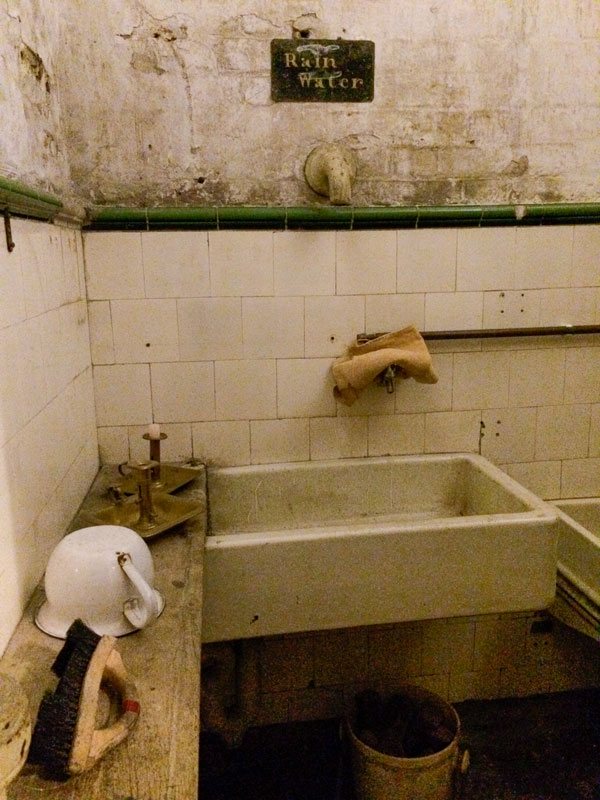
The scullery maid
The scullery maid didn’t have it easier either. Basically she stood at the bottom of the ladder, yet this was a position for many girls to start their careers. They knew if they worked hard they could be promoted to kitchen maids. It was worth spending every day with hot or cold water up to their elbows either doing the washing up or peeling and cleaning vegetables. Scullery maids also plucked animals (again, not the nicest of jobs), she kept the huge stove running in the kitchen and kept the kitchen clean all day. In the scullery she would have two sinks one wooden one for washing up china and a stone one to wash up big and heavy pots. The family’s precious china was washed up by the butler in his pantry.
The lowest of the lowest, the “tweeny” has to be mentioned who was an “inbetween maid” and was given the least attractive tasks and assisted the scullery maid.
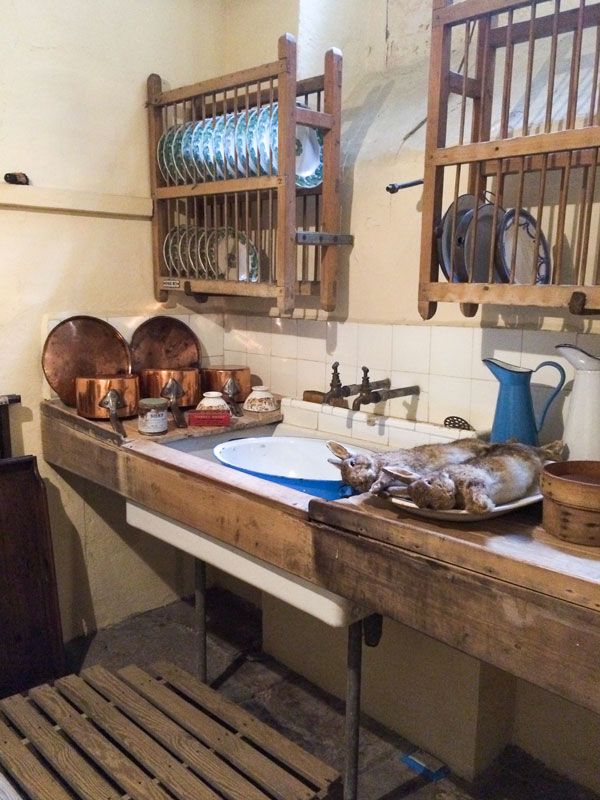
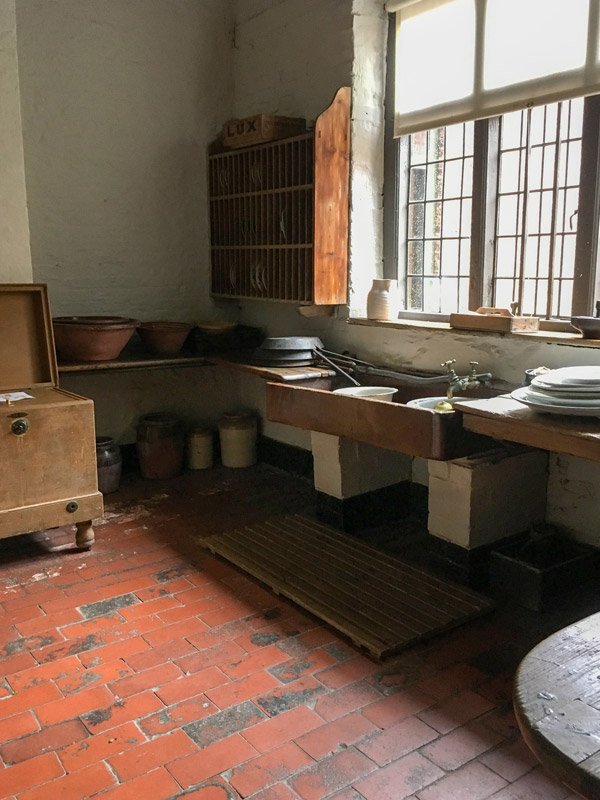
The stillrom maid
The stillroom was a room where remedies, drinks and oils were made. Later on stillroom maids made remedies, jams, preserves, pickles, gherkins, they bottled drinks, made alcohol, and prepared sandwiches and cakes for her ladyship’s afternoon tea. Stillroom maids always thought of themselves differently as they had a less physically demanding job for which they did not have to wear uniforms.
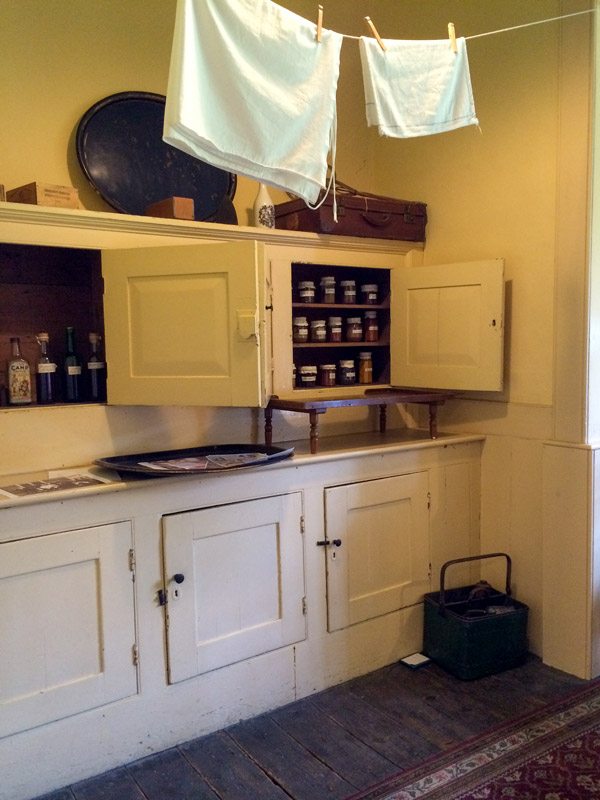
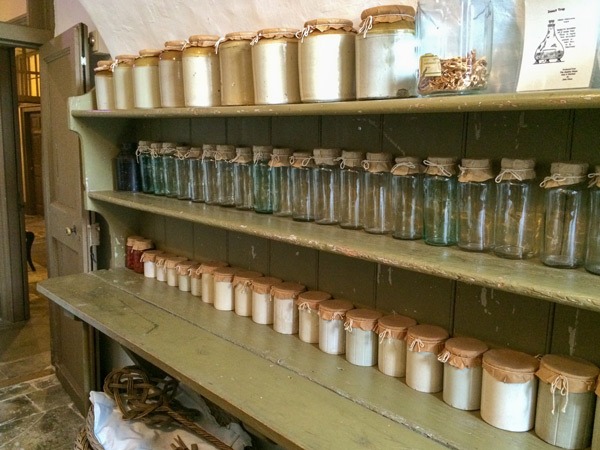
The laundry maid
Only the biggest and wealthiest country houses could allow to have their laundry washed as it was expensive. Middle class families sent off their laundries once a week and it used up a significant part of their weekly household budget. On bigger estates, the laundry was in a separate outbuilding as it required lot of space and was considered to be dangerous for fires. This made the housekeeper’s life more difficult as she couldn’t keep an eye on the laundry maids who would often flirt with gardeners and estate workers.
The laundry maid was on the same level as the kitchen maid in the hierarchy and she reported to the housekeeper. Every piece of clothing and textile was marked with a special mark so that the housekeeper could register what went out for laundry and what didn’t. The laundry was busy every day apart from Sunday, whereas in middle class families Monday was the laundry day. They were soaking, washing, rinsing, removing stains, handled delicate fabrics, starched shirts using rice or potatoes and of course did the ironing. There were several tricks used to remove stains: lemon juice removed ink marks, salt was used to remove port or wine and later on turpentine for all sorts of stains.
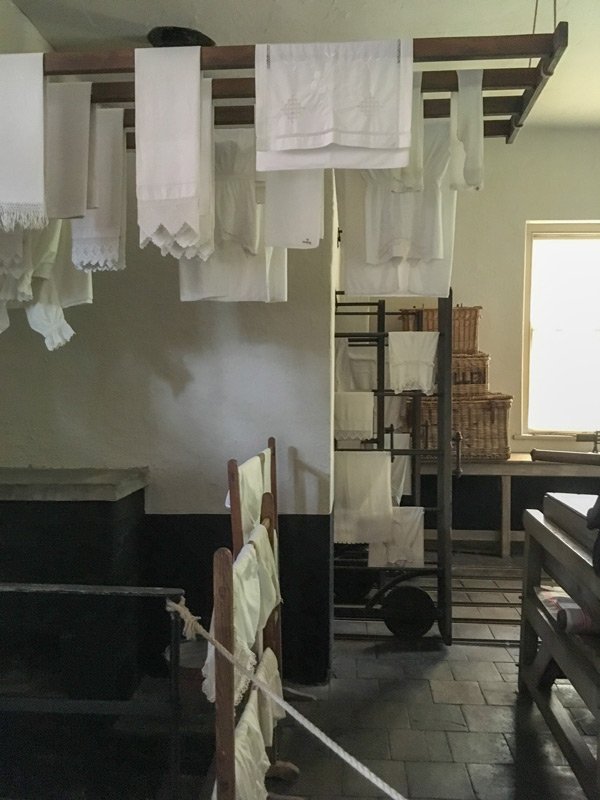
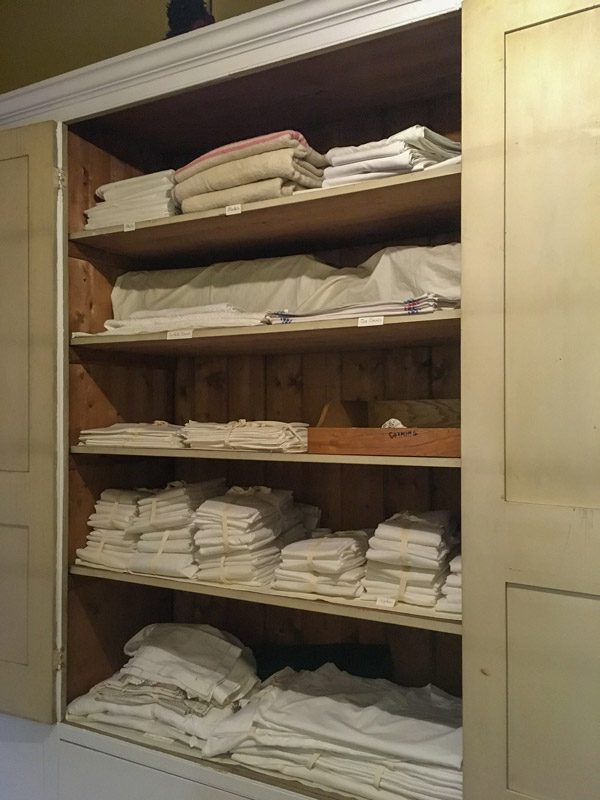
We can see that Daisy’s role in Downton Abbey involved tasks of a housemaid and a scullery maid. With time she climbs the ladder and becomes a kitchen maid and indeed Mrs Patmore teaches her how to cook certain things and she is dreaming to be a cook one day. All of the roles in the household were hard physical works perhaps with the exception of the stillroom maid, however, I’m sure they all had stressful days.




Good job enlisting Daisy’s help. I grieve for all of these different maidservants. I hadn’t realised how difficult their lives were. Thank you.
Oh God, yes! For some reason we keep on fantasising about the Victorian and Edwardian era and we tend to have a magical olde worlde picture in our head – probably thanks to Dickens’s Christmas Carol. But the reality is that life was very hard and cruel for the majority.